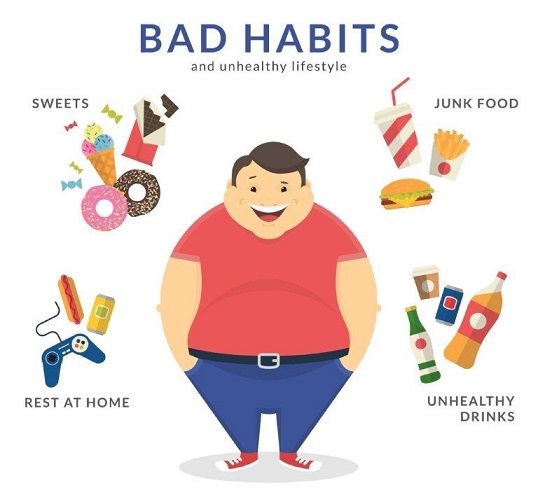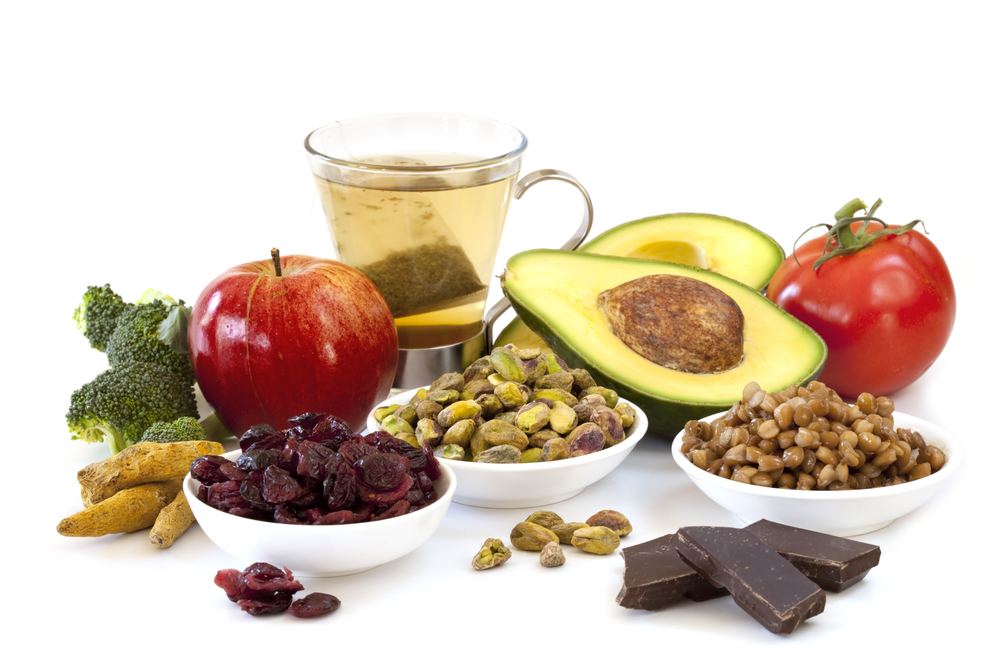5 Tips to Keep Blood Sugar Levels in Check this Winter

Maintaining blood sugar levels can become more challenging as the temperature falls and winter sets in. Reduced physical activity, cravings for rich comfort foods, and a tendency to drink less water during colder months can all affect normal blood sugar levels. These seasonal changes can make it harder to manage glucose.
This blog covers five tips to maintain blood sugar levels during winters.
1. Stay Active Indoors
Cold weather often discourages outdoor exercise, but staying active is essential to managing high blood sugar symptoms. Physical activity enables the body to use glucose more effectively, improving insulin sensitivity and reducing sugar spikes. If the outdoors feels unwelcoming, get creative with indoor workouts.
Home exercises like squats, lunges, yoga, or dance sessions require minimal space or equipment. Online workout videos or mobile fitness apps offer structured routines to stay motivated. If walking is preferred, consider brisk laps inside the home, shopping malls, or office corridors to get steps in.
Even everyday activities like cleaning, organising, or stretching during commercial breaks count as movement. Strive for 30 minutes of physical activity each day to help maintain normal blood sugar levels and increase energy.
2. Choose Warming, Fiber-Rich Foods
Winter offers the perfect time to enjoy seasonal produce that maintains normal blood sugar levels. Fibre-rich foods slow glucose absorption, preventing sudden spikes. Include vegetables like spinach, carrots, radishes, and beets in meals, along with whole grains such as oats, quinoa, and barley. Pair these with lean proteins like chicken, fish, eggs, or legumes to create balanced, filling meals.
Healthy winter snacks can also keep cravings at bay. Nuts, seeds, and roasted chickpeas are great options, packed with fibre, protein, and healthy fats. Enjoy warm, hearty soups of lentils or winter greens for a nutritious and comforting alternative to processed snacks.
Spices like cinnamon, turmeric, and ginger add flavour to meals and come with blood sugar-regulating properties. For example, cinnamon can improve insulin sensitivity, making it a delicious and functional addition to food or drinks.
3. Watch Comfort Foods
Winter cravings for sweet treats, fried foods, and creamy beverages are common, but overindulging in these comfort foods can spike blood sugar levels. While deprivation is unnecessary, focus on healthier alternatives that satisfy cravings without compromising health.
Swap refined sugar for natural sweeteners like stevia or monk fruit, and use warming spices like nutmeg or cinnamon to add sweetness to hot drinks. Instead of sugar-loaded hot chocolate or flavoured coffee, opt for unsweetened green tea, ginger tea, or a turmeric latte made with low-fat or almond milk.
When it comes to snacks, choose air-fried or baked options instead of deep-fried foods. Portion control is key—enjoy favourite winter treats in moderation while balancing them with healthier meals and snacks throughout the day.
4. Stay Hydrated
It’s easy to overlook hydration in colder months because thirst may be less noticeable. However, dehydration can lead to high blood sugar levels symptoms. When the body lacks water, glucose becomes more concentrated in the bloodstream, leading to spikes.
Make hydration a priority by drinking at least 8 glasses of water daily. If cold water feels unappealing, switch to warm water, herbal teas, or clear broths. Infuse water with slices of lemon, mint, or ginger to make it more enjoyable and refreshing.
Pay attention to signs of dehydration, like dry skin, fatigue, or dark-coloured urine, and take small sips throughout the day. Staying hydrated also curbs unnecessary hunger, helping avoid overeating—a common winter issue.
5. Monitor Blood Sugar Levels Regularly
Winter-related lifestyle changes, including heavier meals, reduced activity, and holiday indulgences, can make blood sugar levels harder to predict. Regular monitoring is crucial to understanding how the body responds to these changes.
Check blood sugar levels consistently, especially before and after meals or after exercise. Tracking these trends helps identify patterns and adjust diet, activity, or medication accordingly. If unusual fluctuations occur, consult a healthcare provider for timely advice.
Use tools like a glucometer or continuous glucose monitor (CGM) to simplify the process. Monitoring blood sugar regularly empowers staying in control and making informed choices about health.
With mindful adjustments, one can keep normal blood sugar levels in check throughout the winter. By following these tips, one feels energized and has healthy blood sugar levels during the winter. Book a test with Dr Lal PathLabs for accurate and reliable results to manage blood sugar levels effectively.
FAQs
1. How can I control my sugar in the winter?
Stay active indoors, choose fibre-rich seasonal foods, avoid sugary snacks, and drink plenty of water. Regularly monitor blood sugar levels to adjust diet and activity as needed.
2. Does blood sugar rise in winter?
Yes, colder weather, reduced activity, and increased consumption of comfort foods can cause normal blood sugar levels to rise, especially if hydration and food choices are not monitored.
3. What brings down blood sugar immediately?
Exercise, drinking water, or consuming a small amount of fiber-rich food can help lower blood sugar quickly. If levels are dangerously high, medical attention may be needed.














